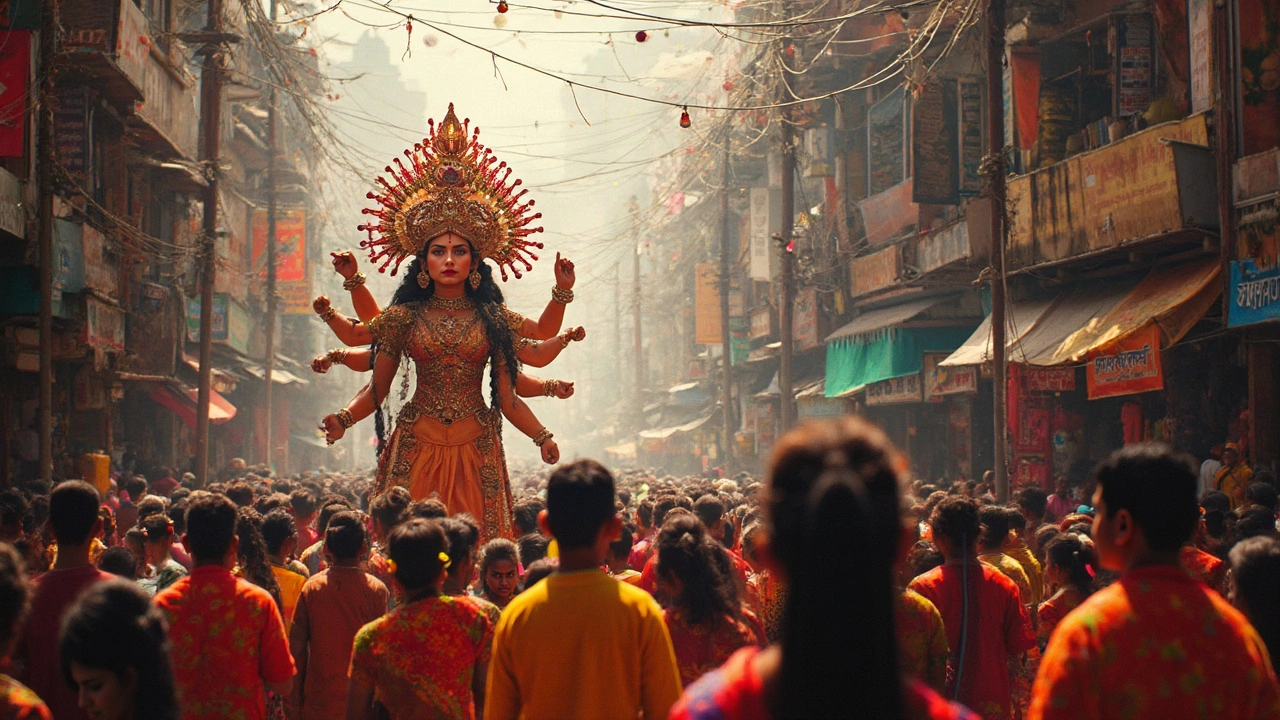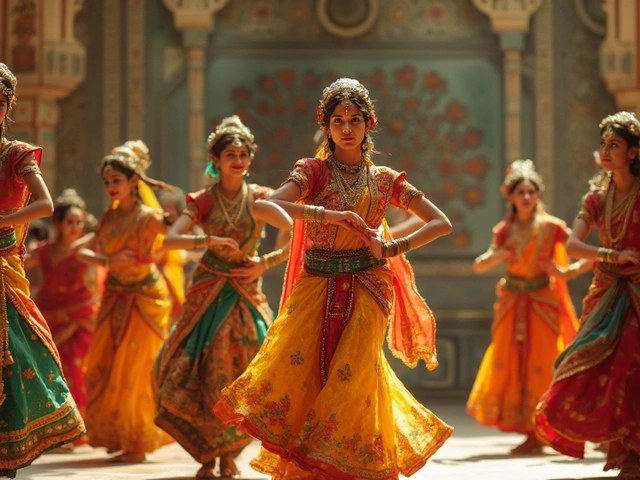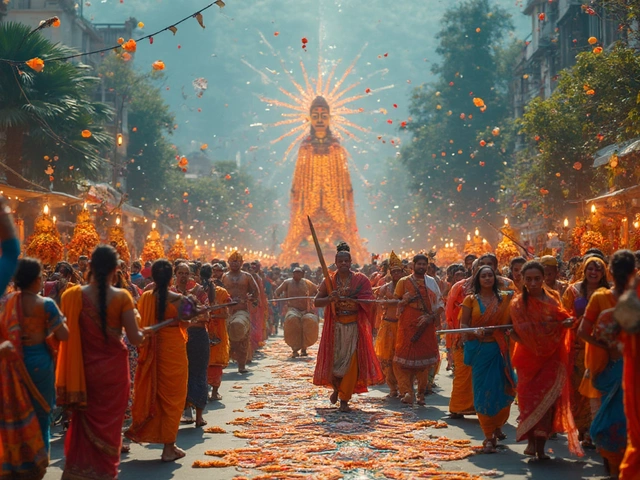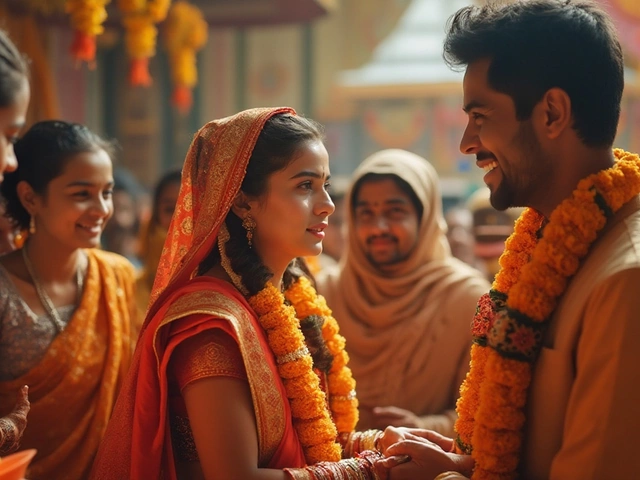Bengali Religion: Beliefs, Practices, and Cultural Roots in West Bengal and Beyond
When you think of Bengali religion, the unique blend of Hinduism, Islam, and indigenous spiritual practices that define faith in Bengal. Also known as Bengali spiritual culture, it’s not just about temples and mosques—it’s about how people live, celebrate, and grieve across villages, cities, and riverside communities. This isn’t a single faith. It’s a living conversation between centuries-old traditions and everyday choices. In West Bengal and Bangladesh, you’ll find a Hindu mother offering rice to a river goddess at dawn, while her neighbor prays toward Mecca just blocks away. Both know each other’s rituals. Both join in on Durga Puja or Eid without needing an invitation.
What makes Bengali religion different? It’s the way belief doesn’t stay in one box. Hinduism in Bengal, a deeply devotional form shaped by poets like Ramprasad and Kabir. Also known as Bengali Vaishnavism, it sings more than it preaches. You hear it in the kirtans of Shantiniketan, see it in the clay idols of Kumartuli. Meanwhile, Islam in Bengal, a Sufi-infused tradition that absorbed local customs long before colonial borders were drawn. Also known as Bengali Muslim culture, it’s not just about prayer mats—it’s about sharing sweets at Urs festivals and singing pala gan in rural mosques. Even the folk spirits like Bonbibi and Manasa aren’t locked away in one faith. Hindus and Muslims both light lamps for them during monsoon floods.
There’s no official handbook for Bengali religion. You learn it by watching. How a widow in Murshidabad keeps a small shrine beside her kitchen. How a schoolboy in Dhaka skips class to help build a Durga idol. How a Christian family in Kolkata still joins the Durga Puja procession. These aren’t exceptions—they’re the norm. The real story of Bengali religion isn’t in books. It’s in the shared silence during aarti, the laughter over steaming pitha during Eid, the way a grandmother whispers a mantra while tying a thread around a child’s wrist.
What you’ll find in the articles below isn’t a list of doctrines. It’s a collection of real moments—how festivals bind communities, how music carries faith, how food becomes prayer. You’ll see how a single village in Nadia might have a temple, a mosque, and a shrine to a local spirit all within walking distance. You’ll learn why Bengali religion doesn’t need to be defined—it just needs to be lived.





